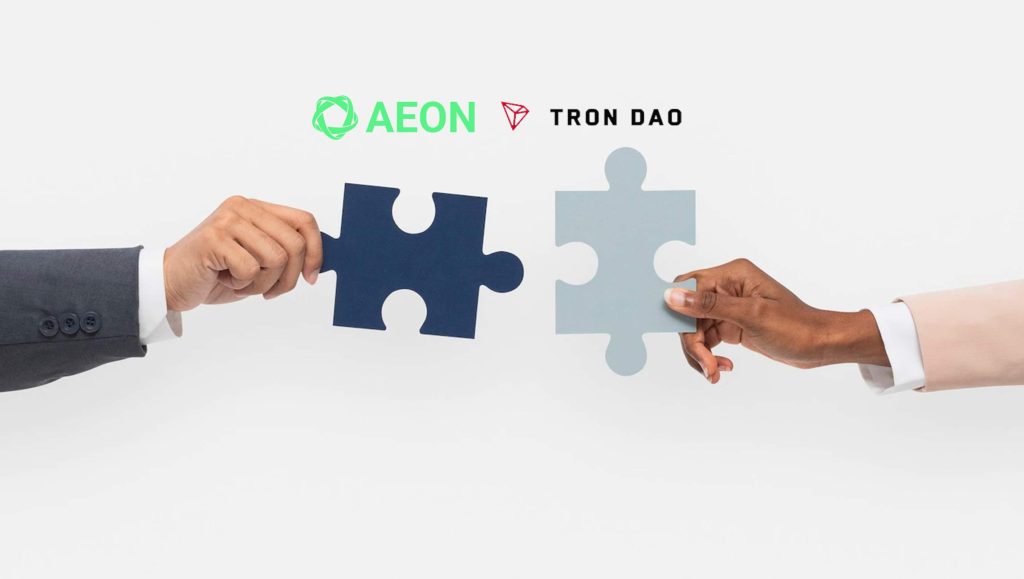In college, I considered becoming a corporate law attorney. I started my career at a legal SaaS company. After seeing the focus of the corporate law attorney work, primarily reviewing contracts, I realized that I loved engaging with people and learning about businesses and technology. I decided that SaaS sales would be a better career path because I am passionate about interacting and connecting with people and helping them solve their problems. The irony is that now I spend most of my days staring at contracts and negotiating terms. Thankfully, however, the organization I work for now uses tools that enable contracts and paperwork to take only a fraction of my day.
Unfortunately, this isn’t the case for most sales teams. In fact, sales teams spend 70% of their week on non-selling activities.
Selling is just one part of the job, which makes it vital for sales leaders to help their teams find ways to work smarter and gain valuable time and energy back to focus more on what matters most: selling.
Where does 70% of most sales professional’s time go?
So, we know sales professionals spend 70% of their valuable time on non-revenue-generating tasks. But where does the time go? Sales is more than just telling people about your product and why they need it. A sales role has many moving parts — many of which take time, energy, and effort to cover all the bases. These include:
- Relationship building (with fellow team members, prospects, and clients)
- Data management and entry
- Negotiating deals
- Internal meetings
- External meetings
- Identifying prospects
- Paperwork — quotes, proposals, SOWs, and other documents
- Administrative tasks, and much more!
While some tasks will always require higher investment, others can be optimized, giving reps more of their most valuable asset back: time. Much of that wasted 70% is likely spent on administrative tasks that, while important, are often tedious. In addition, these tasks are repetitive and, due to their manual nature, error-prone, making them great candidates for automation. Automating these administrative tasks will enable sales teams to reallocate their time to more revenue-generating activities.
The solution: Tools that do the work for you
Providing a good customer experience is invaluable; quick follow-up and timely communication are instrumental for success. It’s easy to let these critical touchpoints with customers fall by the wayside when administrative tasks and paperwork bog you down.
While there are countless tools that can save sales teams time, like notetaking apps and project management software, the often overlooked issues lie in documents. Compliance, data privacy concerns, outdated/inaccurate information that can hurt customer relationships… these issues quickly, easily multiply in documents, risking negative impact on your team’s performance.
Document automation is your secret time-saving weapon
What is document automation?
Document automation tools streamline the document management process — from creation to document sending to securing e-Signatures, and more. In the simplest terms, a document template is made and when a rep moves a deal to the next stage, viola! The documents you need to send out are already created. Then, you can send that document to a customer for their records and/or use it in an e-Signature request.
Some tools today allow you to do much more than that: writing any data added to a contract back to your CRM, adding signature fields to a PDF, incorporating document generation into automated workflows, and beyond. These capabilities take the burden of staying organized, accurate, compliant, and efficient off of rep’s shoulders and enable them to focus more on providing a seamless customer experience.
Read More: SalesTechStar Interview with Robb Robinson, SVP at OXIO
Why start with document automation?
Document automation is a key piece that takes care of tedious work so reps can focus on driving results. It has a great time to value — meaning it takes relatively little effort and onboarding to use the tool and start seeing ROI.
Think about how long it takes to write an email to a prospect from scratch, create a custom proposal, or hunt down the latest version of a company document when 50 versions have already been created. If you’re doing this for every client and prospect, it’s easy to see where 70% of your time can go.
Thankfully, there are a few great tools available to help you save time on document workflow management. With the right document automation solution, you can generate customized sales assets in seconds:
- Invoice creation and scheduling
- Quotes and proposals
- Scopes of work
- Pitch decks
- Contracts
- Emails
- And whatever other documents you need.
No more manually typing in customer names, dates, and other key data points — and meticulously reviewing them to ensure everything is accurate. No more manually mapping all of your data back into your CRM. No more clunky e-Signature processes that require a printer or multiple downloads and uploads. It can all be made seamless with document automation.
The time-saver that packs the most punch
Thousands of organizations in every industry rely on document automation tools to win faster, amplify productivity, and delight customers at every opportunity. Finding a tool built with your unique needs in mind is critical to connecting to the processes that power your business so you can streamline the way your team creates, manages, and shares information instantly — and realize operational efficiency faster.
Document automation, simply put, is a tool that optimizes sales operations, giving your reps the speed they need and your customers the experience that they desire.
Sales teams are a critical pillar of any business — you need revenue to support the business, and having a skilled team that can hit the ground running will make or break your business. It’s important to put your key players where they’re strongest — and eliminating manual work is a great way to enable your sales team to generate more revenue.
Read More: The CRM Illusion: Why Go-to-Market Strategies Need a New Foundation




























